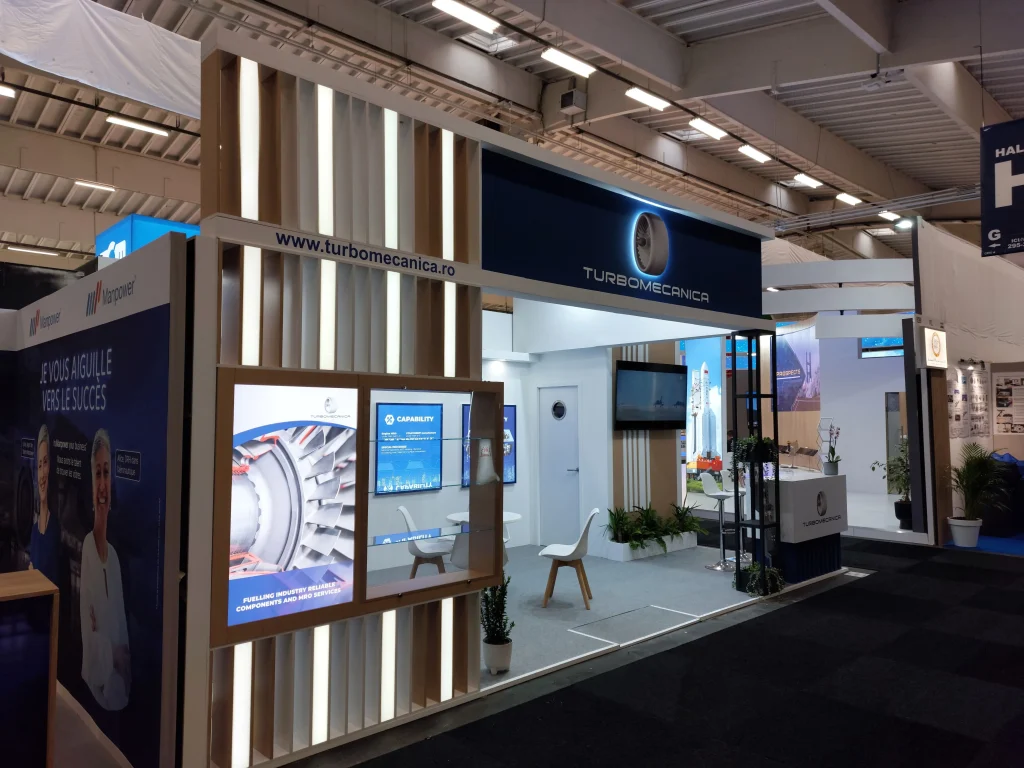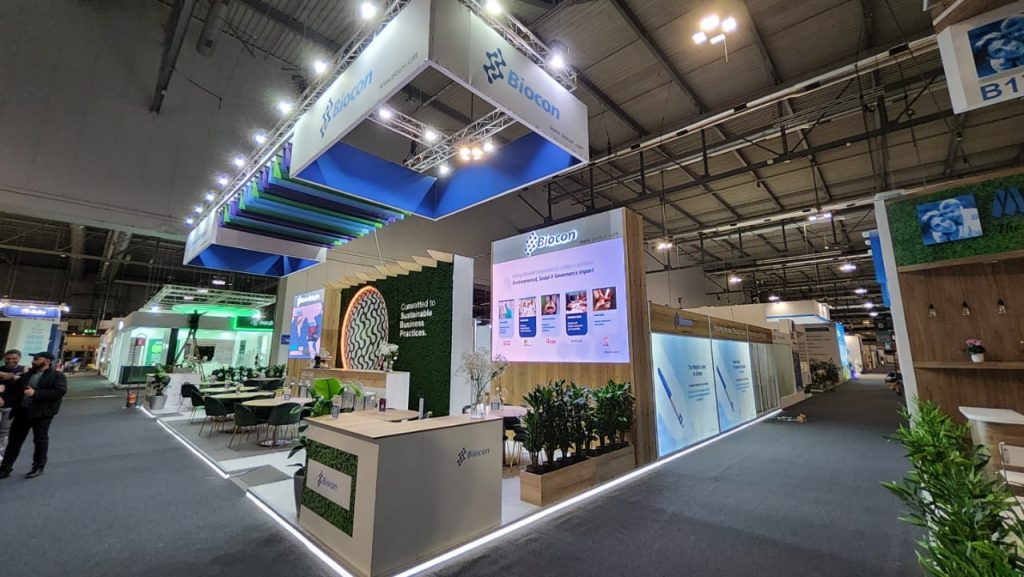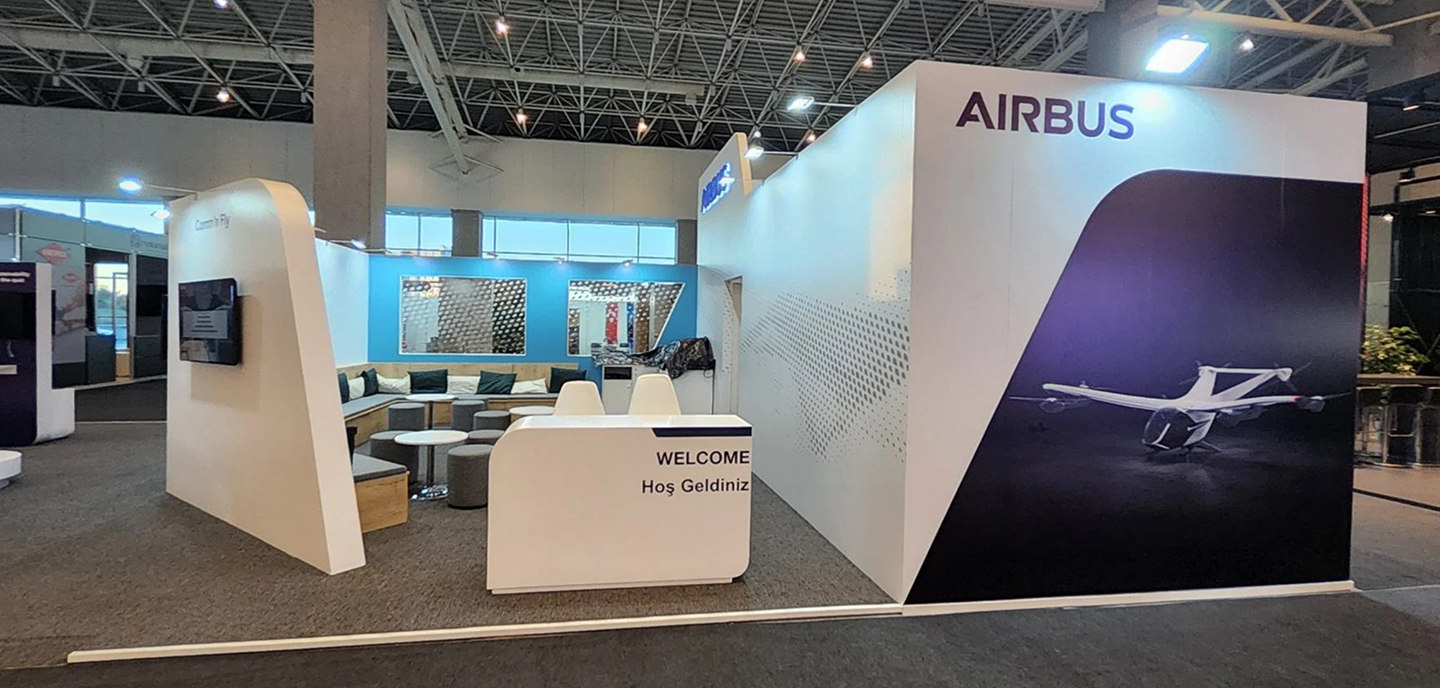
Introduction: The Rise of Eastern Europe in the Trade Show Industry
For decades, Western Europe has dominated the trade show industry, with cities like Frankfurt, Paris, and Londonhosting some of the most prestigious exhibitions. However, a new wave of trade show expansion is taking place in Eastern Europe, presenting fresh opportunities for exhibitors, investors, and global brands.
Countries like Poland, Hungary, Romania, and the Czech Republic are emerging as trade show powerhouses, attracting international businesses looking for cost-effective venues, growing market potential, and strategic access to both European and Asian markets.
This article explores why Eastern Europe is becoming the next big trade show hub, the opportunities it presents for exhibitors, and the challenges businesses must navigate when expanding into this region.
1. Why Eastern Europe is Attracting More Trade Shows
Lower Costs, Higher ROI
One of the biggest advantages of exhibiting in Eastern Europe is the lower cost of participation compared to Western European trade shows.
- Lower booth rental fees – Exhibition spaces in Warsaw, Bucharest, and Prague are significantly more affordable than in Berlin or Paris.
- Cheaper labor & logistics – The cost of booth setup, dismantling, and staffing is lower in countries like Hungary and Romania.
- Affordable accommodation & travel – Eastern European cities offer cheaper hotels, transportation, and food, making it cost-effective for exhibitors and attendees.
Strategic Location Between Europe and Asia
Many Eastern European countries are positioned as gateways between Western Europe and key markets in Russia, Turkey, and Central Asia. Exhibiting in this region allows brands to connect with buyers and distributors from both continents.
Government Support & Investment in Trade Infrastructure
Governments in countries like Poland and the Czech Republic are actively investing in exhibition centers, business hubs, and infrastructure to attract more trade shows. This includes:
- Upgraded convention centers in Warsaw, Prague, and Budapest.
- Tax incentives for exhibitors to encourage international participation.
- Business-friendly visa policies for exhibitors and visitors from Asia and the Middle East.
Pro Tip: If you’re considering expanding into Eastern Europe, look for government-backed trade shows that offer financial incentives for foreign exhibitors.
2. Fast-Growing Industries Driving Trade Show Growth
Which Sectors Are Thriving in Eastern Europe?
Several key industries are fueling the trade show boom in Eastern Europe, making it an attractive location for companies looking to exhibit in these sectors:
| Industry | Key Trade Show Cities |
| Technology & IT | Warsaw, Bucharest, Prague |
| Automotive & Manufacturing | Budapest, Krakow, Bratislava |
| Pharmaceuticals & Biotech | Sofia, Warsaw, Belgrade |
| Green Energy & Sustainability | Vilnius, Budapest, Cluj-Napoca |
| E-commerce & Fintech | Tallinn, Prague, Warsaw |
Why These Industries Are Growing:
- Rapid digitalization and startup growth – Many Eastern European cities are becoming tech innovation hubs.
- Strong manufacturing & automotive presence – Poland, Hungary, and Slovakia are home to major production plants and logistics networks.
- EU funding for renewable energy – The European Union is investing heavily in green technology and sustainability initiatives in Eastern Europe.
Pro Tip: If your business operates in tech, manufacturing, or sustainability, Eastern Europe presents high-growth opportunities for trade show participation.
3. Challenges of Exhibiting in Eastern Europe
While the opportunities are vast, exhibitors must also prepare for key challenges when entering the Eastern European trade show market.
Language & Cultural Barriers
Unlike Western Europe, where English is commonly spoken, some Eastern European markets require localized marketing materials and booth staff who speak the local language.
- Solution: Work with local trade show booth builders who understand cultural nuances and language preferences.
Varying Regulatory Standards
Each country has different regulations for trade show participation, import/export rules, and VAT requirements.
- Solution: Partner with an exhibition booth design company that understands compliance in Eastern European markets.
Logistical Challenges & Customs Delays
While infrastructure is improving, some regions still face slow customs clearance, limited transport options, and bureaucratic delays.
- Solution: Work with a trade show logistics expert who specializes in Eastern Europe.
4. Future Outlook: Is Eastern Europe the Next Trade Show Superpower?
Growing International Interest
As Western European trade shows become more saturated and expensive, many international brands are shifting focus to Eastern Europe for new opportunities.
- Major Western trade show organizers are expanding into Eastern Europe, creating high-quality events that match the standards of Berlin, London, or Paris.
- More Asian companies are investing in Eastern European trade shows to enter European markets at a lower cost.
The Rise of Hybrid & Digital Trade Shows
Eastern European trade shows are also embracing hybrid event formats, combining physical exhibits with virtual experiences. This allows:
- Remote participation from Western & Asian markets.
- Lower costs for exhibitors wanting a digital-only presence.
- Advanced networking through AI-driven matchmaking platforms.
Pro Tip: Exhibitors should explore hybrid trade shows in Warsaw, Prague, and Budapest, as these cities are leading in digital transformation for exhibitions.
5. How to Successfully Exhibit in Eastern Europe
Best Practices for Exhibitors Entering This Market:
Research Country-Specific Trade Show Regulations – Understand compliance rules for booth design, logistics, and customs.
Partner with Local Booth Builders – Many countries require locally approved booth construction companies for trade show participation.
Adapt Marketing Materials – Ensure brochures, signage, and digital content are available in local languages.
Budget for Logistical Costs – Some trade show cities require extra planning for transport and storage due to developing infrastructure.
Engage with Regional Distributors & Buyers – Trade shows in Eastern Europe provide valuable networking opportunities for expanding your business into new markets.
Conclusion: Should Your Brand Exhibit in Eastern Europe?
Eastern Europe is rapidly transforming into a major trade show hub, offering cost-effective exhibiting options, high-growth industry opportunities, and strategic access to global markets. While challenges exist, exhibitors who plan strategically and work with experienced local partners can gain first-mover advantages in this expanding market.
Is Your Business Ready to Expand into Eastern Europe?
Partner with a trade show booth design company experienced in Eastern European markets to ensure a seamless and successful exhibit experience.

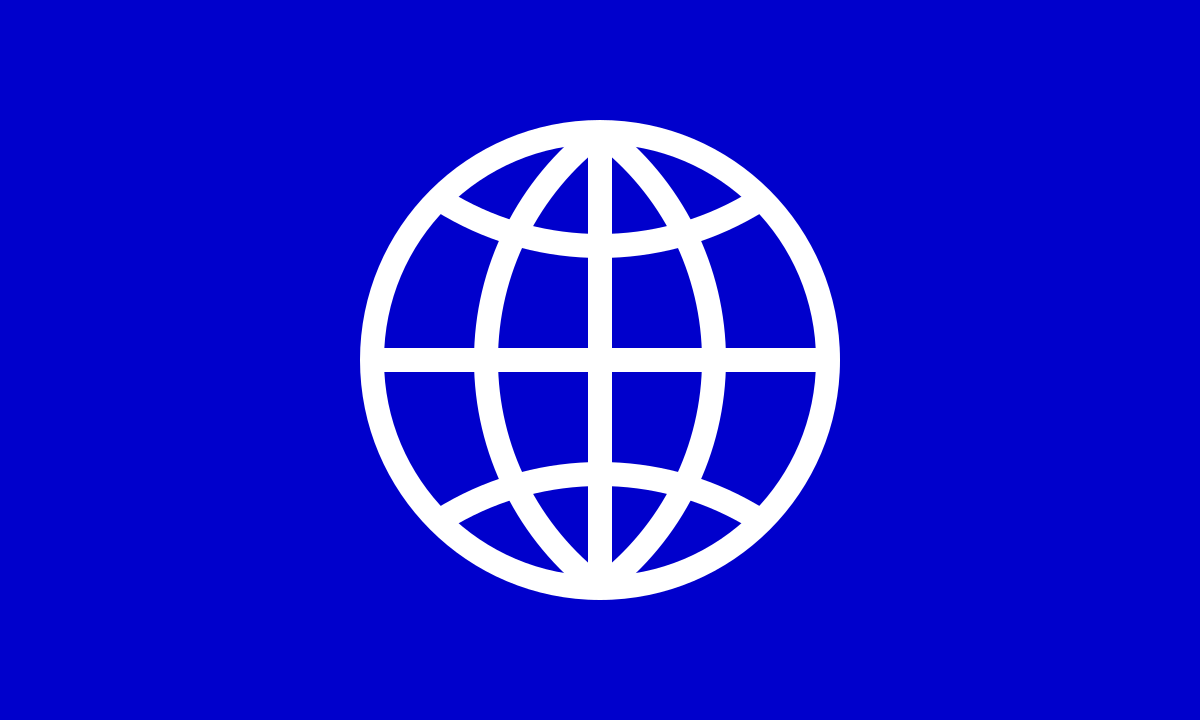 Global
Global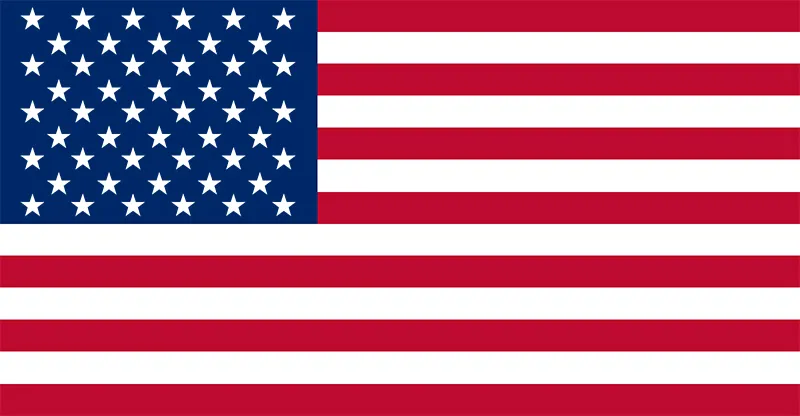 USA
USA